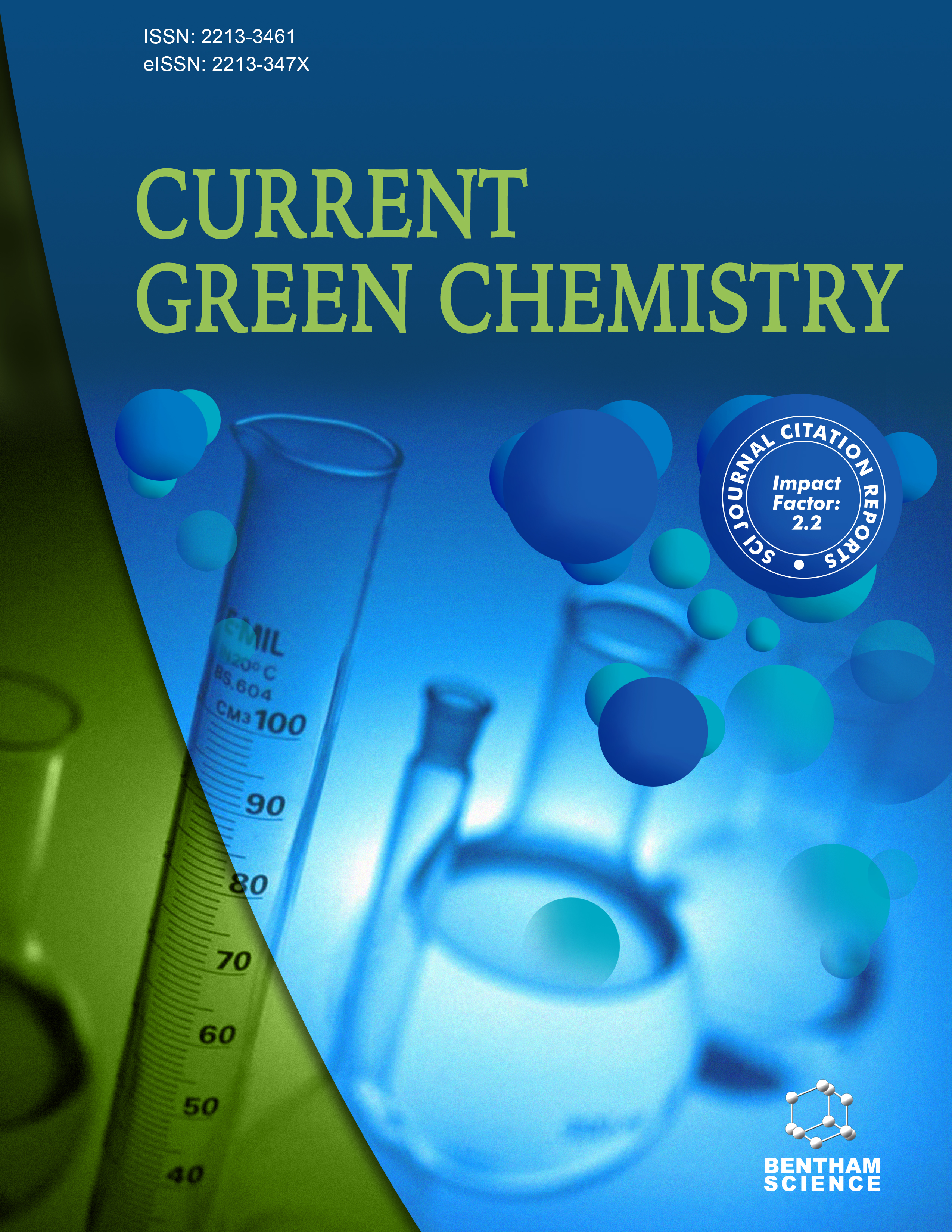
Full text loading...
We use cookies to track usage and preferences.I Understand

Molecules of natural origin play a profound role in drug discovery and development since natural products derived from Mother Nature, particularly from plants are employed as satisfactory precursors for important medicines. The total synthesis of complex natural products endures as a dynamic field of chemical research as the demand for bioactive natural products and secondary metabolites is gradually enhancing owing to their great application in the area of synthetic organic chemistry and the biological community. It is very useful in ascertaining the hypothetical complex structure of such molecules in the laboratory since different biologically potent secondary metabolites are derived in small quantities frequently. The total synthesis of natural products using organocatalysis as the key step(s) has earned momentum recently because of high chemical efficiency, low toxicity, simple accessibility, low cost, and eco-friendly of organocatalysts due to the absence of a metal atom as well as the popularity of asymmetric catalysis research. This greener strategy is capable enough to execute the transformations at ambient temperature as per the sixth principle of green chemistry which is dedicated to the “Design for Energy Efficiency”. Cinchona alkaloids, chiral secondary and primary amines, guanidine and guanidiniums, N-heterocyclic carbenes, etc. are important organocatalysts in the field of the total synthesis of natural products and related compounds. Thus, the present review aims to deal with the total synthesis of natural products at room temperature as crucial intermediate(s) and it also offers an overview of natural sources, structures, and biological activities of natural products for the first time modishly.

Article metrics loading...

Full text loading...
References


Data & Media loading...